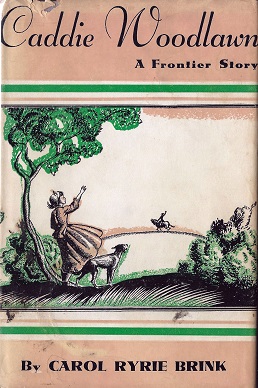
Caddie Woodlawn is a children's historical fiction novel by Carol Ryrie Brink that received the Newbery Medal in 1936 and a Lewis Carroll Shelf Award in 1958. The original 1935 edition was illustrated by Newbery-award-winning author and illustrator Kate Seredy. Macmillan released a later edition in 1973, illustrated by Trina Schart Hyman.
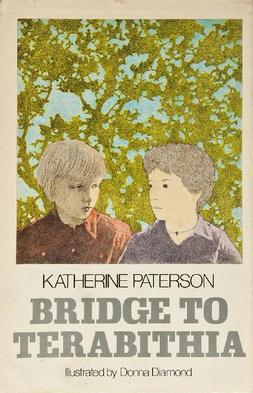
Bridge to Terabithia is a children's novel written by Katherine Paterson, about two children named Leslie and Jesse who create a magical forest kingdom in their imaginations. The book was originally published in 1977 by Thomas Crowell, and in 1978, it won the Newbery Medal. Paterson drew inspiration for the novel from a real event that occurred in August 1974 when her son's friend was struck and killed by lightning.

The Grey King is a contemporary fantasy novel by Susan Cooper, published almost simultaneously by Chatto & Windus and Atheneum in 1975. It is the fourth of five books in her Arthurian fantasy series The Dark is Rising.
Cynthia Voigt is an American writer of books for young adults dealing with various topics such as adventure, mystery, racism and child abuse. Her first book in the Tillerman family series, Homecoming, was nominated for several international prizes and adapted as a 1996 film. Her novel Dicey's Song won the 1983 Newbery Medal.

Roll of Thunder, Hear My Cry is a 1977 Newbery Medal awarded novel by Mildred D. Taylor. It is a part of her Logan family series, a sequel to her 1975 novella Song of the Trees.
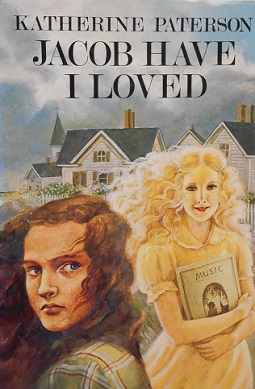
Jacob Have I Loved is a 1980 coming of age novel for teenagers and young adults by Katherine Paterson. It won the annual Newbery Medal in 1981. The title alludes to the sibling rivalry between Jacob and Esau in the Bible, and comes from Romans 9:13.

The Westing Game is a mystery book written by Ellen Raskin and published by Dutton on May 1, 1978. It won the Newbery Medal recognizing the year's most distinguished contribution to American children's literature.
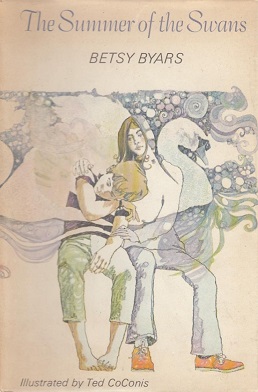
Summer of the Swans is a children's novel by Betsy Byars about fourteen-year-old Sara Godfrey's search for her missing, mentally challenged brother Charlie. It won the Newbery Medal in 1971.
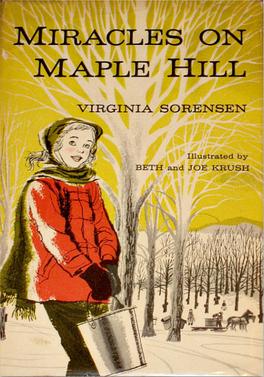
Miracles on Maple Hill is a 1956 novel by Virginia Sorensen that won the 1957 Newbery Medal for excellence in American children's literature. The book was illustrated by Beth and Joe Krush.
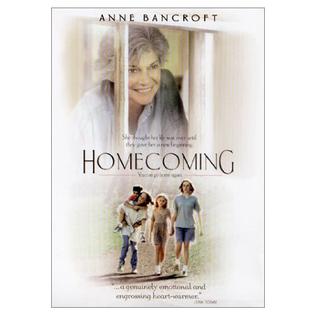
Homecoming is a 1996 American made-for-television drama film starring Anne Bancroft.
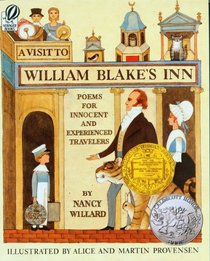
A Visit to William Blake's Inn: Poems for Innocent and Experienced Travelers is a children's picture book written by Nancy Willard and illustrated by Alice and Martin Provensen, published by Harcourt Brace in 1981. The next year Willard won the annual Newbery Medal and the Provensens were one runner-up for the Caldecott Medal from the professional children's librarians. William Blake's Inn was the first Newbery-winning book to also be named a Caldecott Honor Book. Last Stop on Market Street later won the 2016 Newbery Medal and a Caldecott Honor.

A Gathering of Days; A New England Girl's Journal, 1830-32 (1979) is a historical novel by Joan Blos that won the 1980 National Book Award for Children's Books (hardcover) and the 1980 Newbery Medal for excellence in American children's literature.

A Solitary Blue (1987) is a novel by Cynthia Voigt. It was a Newbery Honor book in 1984. It is the third book of the Tillerman Cycle, set concurrently with Dicey's Song and Come a Stranger. It revolves around Jeff Greene, a boy who struggles after being abandoned by his mother at age 7.

Homecoming is a 1981 young adult novel by American children's author Cynthia Voigt. It is the first of seven novels in the Tillerman Cycle. It was adapted into a television film.
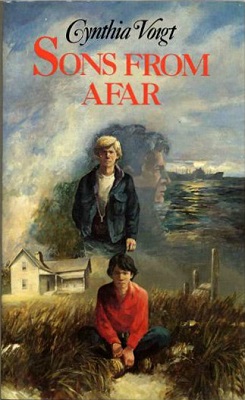
Sons From Afar (1987) is the sixth book in Cynthia Voigt's Tillerman Cycle, the series of novels dealing with Dicey Tillerman's family which also includes Homecoming, Dicey's Song, The Runner, A Solitary Blue, Come A Stranger, and Seventeen Against the Dealer.
The Tillerman Cycle is a series of children's novels by the author Cynthia Voigt. Currently there are seven titles in the series.

Seventeen Against the Dealer is a young adult novel by the American children's author Cynthia Voigt. It is the last of seven novels in the Tillerman Cycle.

Dear Mr. Henshaw is a juvenile epistolary novel by Beverly Cleary and illustrator Paul O. Zelinsky that was awarded the Newbery Medal in 1984. Based on a 2007 online poll, the National Education Association listed the book as one of its "Teachers' Top 100 Books for Children".
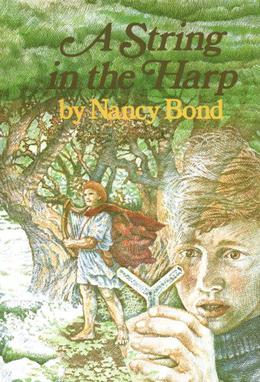
A String in the Harp is a children's fantasy novel by Nancy Bond first published in 1976. It received a 1977 Newbery Honor award and the Welsh Tir na n-Og Award. It tells of the American Morgan family who temporarily move to Wales, where Peter Morgan finds a magical harp key that gives him vivid visions of the past. This well-received novel is an unusual time travel story, with its focus on the emotional pain and separation the Morgans experience after the death of their mother and the gradual healing they find through their experiences.

The Jazz Man is a children's book written by Mary Hays Weik and illustrated by her daughter Ann Grifalconi. The book was published by Atheneum Books in 1966 and received a Newbery Honor in 1967. A second edition was published in 1993 by Aladdin Books.The Jazz Man has also been published in Germany and South Africa.


















